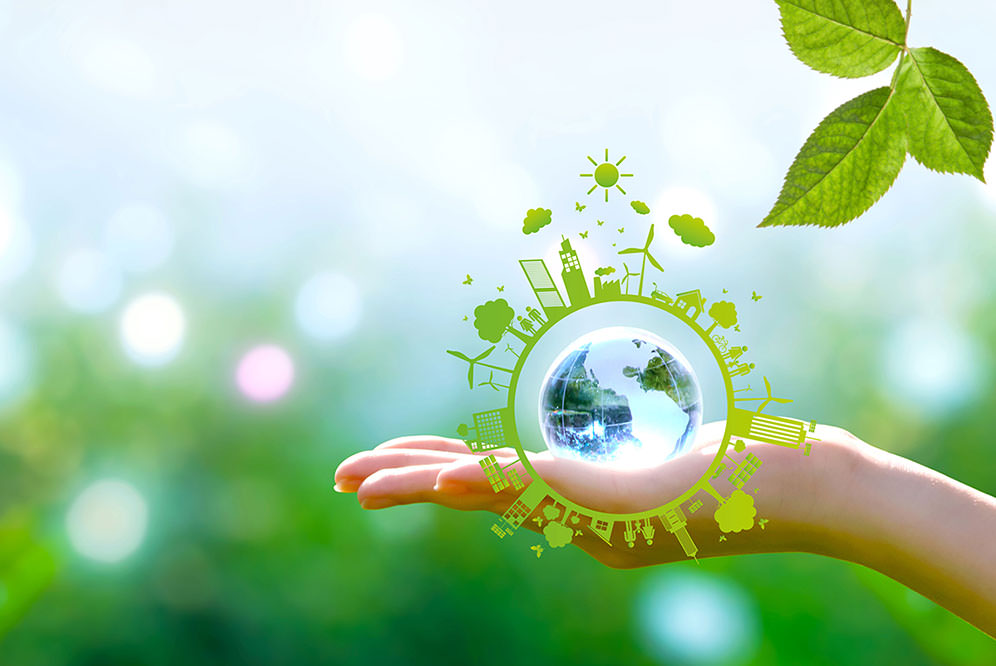
Do you know that comforting feeling when the sun hits you in the early summer days or when you breathe in the fresh air in a forest? This can be a real energy booster! And that’s exactly what powers our self-powered sensors and switches. They don’t rely on batteries or wires to gain energy, they “harvest” it out of air. More precisely, they gain their energy from movement, light and temperature differences. This principle called energy harvesting is not only a low-cost alternative to batteries and wires, it is obviously much more sustainable.
We combine miniaturized energy harvesters and ultra-low power wireless technology to create maintenance-free sensor solutions for the use in buildings, smart homes and industrial applications as well as for the Internet of Things.

At EnOcean, we have been using renewable energy for 20 years as power plants for our self-powered wireless sensors and switches. Thanks to energy harvesting, our solutions make batteries and wires redundant as they work entirely independent – with energy gained from movement, light or temperature.
We achieve sustainability when we implement technologies that consume as few resources as possible and use them to make homes, buildings and installations more efficient. This means minimizing energy consumption by automatically lowering the temperature and turning the lights off when no one is in the room or completely rationalising the space when it isn’t needed.
Digitization with self-powered sensors that supply necessary raw data makes all this possible. Less copper and PVC in the walls (without cables) and energy harvesting provide additional plus points where sustainability is concerned.